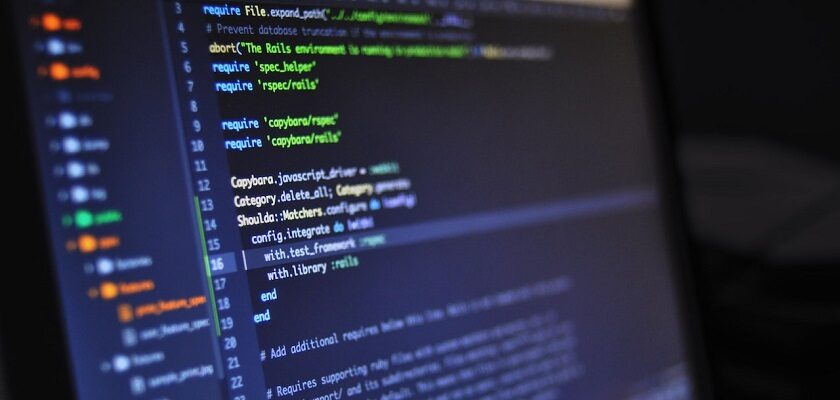“Variables and Types” is a comprehensive tutorial on the basics of working with variables and data types in Python. The tutorial begins by defining what a variable is and why it is useful in programming. It explains how to declare and initialize variables in Python and provides examples of different variable types, including integers, floats, strings, and Boolean values.
The tutorial also covers basic arithmetic operations and how to use them with variables. It explains how to perform mathematical calculations, such as addition, subtraction, multiplication, and division, using Python’s built-in operators. It also covers more complex operations, such as modulus and exponentiation.
#Integer
myint = 7
print(myint)
#Float
myfloat = 7.0
print(myfloat)
myfloat = float(7)
print(myfloat)
#Strings with single and double quotes
mystring = 'hello'
print(mystring)
mystring = "hello"
print(mystring)
The tutorial then goes on to explain how to manipulate strings in Python, including how to concatenate and slice strings, as well as how to use string methods to modify and manipulate text. It also covers the basics of working with Boolean values and how to use them in conditional statements.
#Using apostrophes is my preference
mystring = "Don't worry about apostrophes"
print(mystring)
#Simple operator examples
one = 1
two = 2
three = one + two
print(three)
hello = "hello"
world = "world"
helloworld = hello + " " + world
print(helloworld)
The tutorial concludes by introducing some advanced topics related to variables and data types, including type conversion, type checking, and variable scope. It also provides a number of practical examples and exercises to help reinforce the concepts covered throughout the tutorial.
#Multiple variable assignment
a, b = 3, 4
print(a, b)
# Numbers and strings do not mix
one = 1
two = 2
hello = "hello"
print(one + two + hello)
Overall, “Variables and Types” is an excellent resource for anyone looking to learn the basics of working with variables and data types in Python. Its clear and concise explanations, practical examples, and interactive exercises make it an ideal resource for beginners and intermediate programmers alike.”
Variables and Types Exercise Solution
# Code Completed
mystring = "hello"
myfloat = 10.0
myint = 20
if mystring == "hello":
print("String: %s" % mystring)
if isinstance(myfloat, float) and myfloat == 10.0:
print("Float: %f" % myfloat)
if isinstance(myint, int) and myint == 20:
print("Integer: %d" % myint)
Easy peasy, next up is lists!

